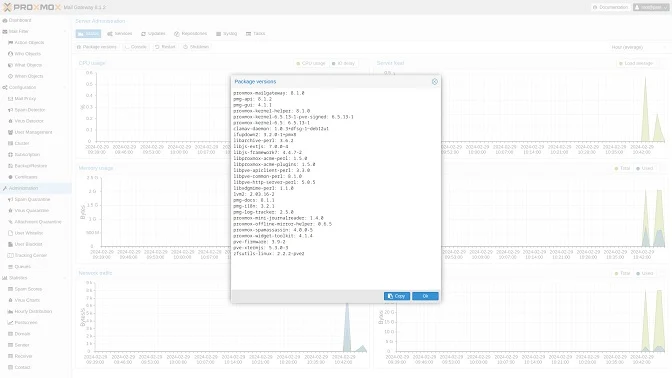Key Takeaways
1. BYOND is facing a persistent DDoS attack that disrupts its website and hub services.
2. A group named “FOSS Brethren of BYOND” claims responsibility for the attack, demanding the open-sourcing of BYOND’s engine.
3. BYOND’s lead developer, LummoxJR, has stated he will not comply with the demands of the attackers.
4. Users have found workarounds to access BYOND services despite the ongoing attacks.
5. The situation raises ethical questions about the use of digital coercion and the distinction between activism and malicious attacks.
The game development platform BYOND, which is popular for its community-created multiplayer games like Space Station 13, is currently experiencing a persistent distributed denial-of-service (DDoS) attack. This attack has significantly disrupted the platform’s website and hub services, and efforts to mitigate the situation are still underway, as reported by Massively Overpowered.
Attackers’ Claims
A Reddit thread that has been pinned states that a group calling themselves the “FOSS Brethren of BYOND” has taken credit for the attack. They have released a manifesto that demands the open-sourcing of BYOND’s engine. Moderator Spevacus has confirmed that the lead developer, LummoxJR, “will not be complying” with these demands.
Message from the Attackers
Massively Overpowered has also shared that the attackers sent out a warning stating:
“Attacks on BYOND servers are a symptom of your obstinance… We demand you voluntarily side with progress.”
In a recent update for developers, LummoxJR acknowledged the ongoing attacks, stating:
“Well, that happened. And it’s still happening.”
He encouraged users to support BYOND through SubscribeStar and Patreon, and mentioned that he is allowing long-form updates to be shared outside the BYONDiscord server. Players have been finding ways around the issues by using direct IP launching (byond://IP:PORT) and the Ctrl + O function within the client. One player noted:
“If you go to BYOND and do Ctrl + O… you can enter the IP address.”
Ethical Concerns
This situation brings up larger questions about the ethics surrounding digital coercion and the unclear lines between activism and malicious attacks in the context of open-source discussions.
BYOND official site (Note: The site may be occasionally unavailable due to the active DDoS attacks, as acknowledged in this community update)
Source:
Link









